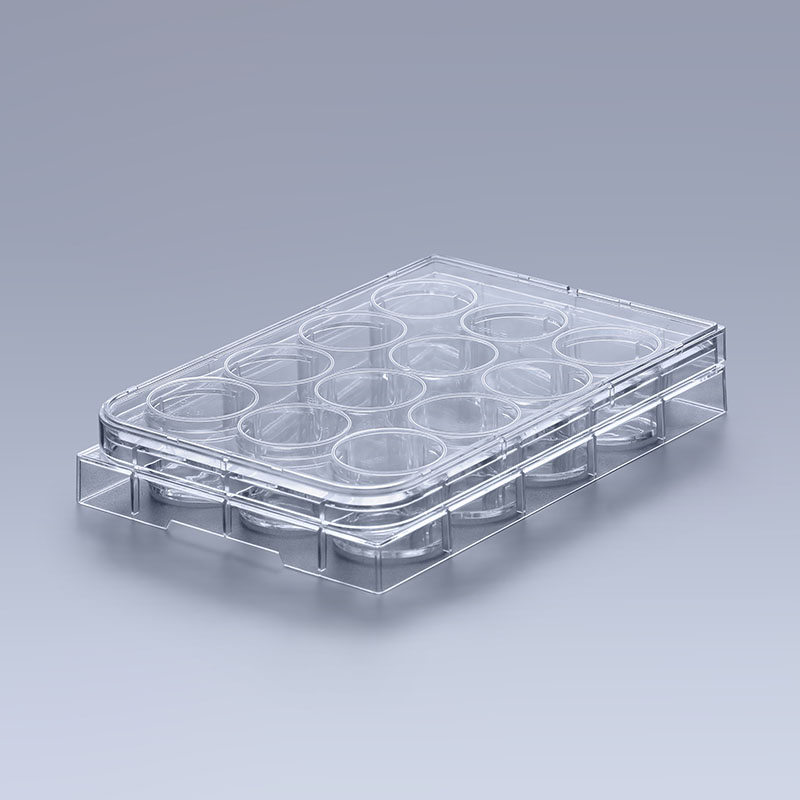Cell culture plates play an indispensable role in life science research. They are not only the basic platform for cell growth, but also have a direct impact on the reliability and validity of experimental results. When choosing the right cell culture plates, researchers need to pay attention to several key characteristics, especially wall adherence and batch-to-batch consistency.
Adhesion: the foundation for cell growth
Adhesion is one of the core characteristics of cell culture plates. Good adherence promotes effective cell attachment and growth on the culture surface. Many manufacturers enhance this property with surface modification treatments to ensure that cells are firmly attached and maintain optimal growth. For more demanding experiments, additional coating layers can further enhance cell adhesion to support cell propagation and functional performance.

This enhanced adherence is particularly suitable for stem cells or specific types of primary cells that require a more demanding culture environment. Choosing plates with superior adherence properties can improve the success of your experiments and reduce the risk of cell detachment or slow growth.
Batch-to-batch consistency: Ensuring reproducible experiments
In addition to wall adherence, batch-to-batch consistency is also an important consideration when purchasing cell culture plates. Whether the performance and quality of different batches of products are consistent is directly related to the reliability of experimental results. Only by ensuring batch-to-batch consistency can researchers obtain similar results in multiple experiments, thus verifying the accuracy of the experiment.
In order to achieve this goal, manufacturers must establish a strict quality management system, covering every step from raw material procurement to the production process. Through the implementation of comprehensive quality control, to ensure that each batch of cell culture plates meets the predetermined standards, and thus enhance the reproducibility of the entire experiment.
The choice of cell culture plates can have a profound impact on the outcome of an experiment. Understanding the critical nature of wall adherence and batch-to-batch consistency can help researchers make more informed decisions to ensure that the plates they choose meet their experimental needs.
The FAI climbed 5.9 percent year-on-year in the first 11 months of 2018, quickening from the 5.7-percent growth in Jan-Oct, the National Bureau of Statistics (NBS) said Friday in an online statement.
The key indicator of investment, dubbed a major growth driver, hit the bottom in August and has since started to rebound steadily.
In the face of emerging economic challenges home and abroad, China has stepped up efforts to stabilize investment, in particular rolling out measures to motivate private investors and channel funds into infrastructure.
Friday's data showed private investment, accounting for more than 60 percent of the total FAI, expanded by a brisk 8.7 percent.
NBS spokesperson Mao Shengyong said funds into weak economic links registered rapid increases as investment in environmental protection and agriculture jumped 42 percent and 12.5 percent respectively, much faster than the average.
In breakdown, investment in high-tech and equipment manufacturing remained vigorous with 16.1-percent and 11.6-percent increases respectively in the first 11 months. Infrastructure investment gained 3.7 percent, staying flat. Investment in property development rose 9.7 percent, also unchanged.
 English
English


















































